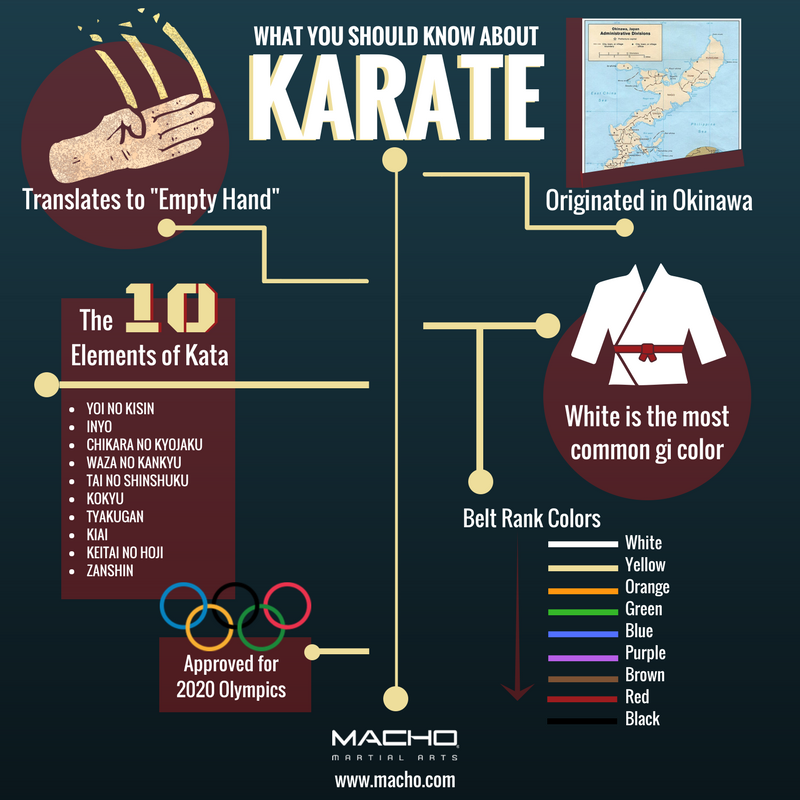The Background And Development Of Martial Arts Worldwide
The Background And Development Of Martial Arts Worldwide
Blog Article
most effective martial arts By-Sutton TRUE
Martial arts have an interesting history that extends centuries and continents. You may discover it interesting exactly how ancient techniques like Shuai Jiao and Kalaripayattu prepared for modern-day combat techniques. These techniques not just highlight physical abilities however additionally show the cultures that birthed them. As you discover their advancement, take into consideration exactly how globalization has changed these standard kinds right into hybrid styles. What impacts do you believe have formed today's martial arts landscape?
Ancient Martial arts: The Structures of Fight
As you delve into the world of old martial arts, you'll discover the abundant foundations that formed fight methods throughout societies. white dragon martial arts concentrated on Self-Defense and survival, frequently incorporating strikes, grappling, and weapons.
In old China, for instance, techniques like Shuai Jiao emphasized tosses and joint locks, while India's Kalaripayattu showcased dexterity and fluid movement. Japanese samurai developed Kenjutsu, a refined swordsmanship that highlighted self-control and method.
These martial arts offered not just for fight however likewise as a way of individual growth, instilling values like respect and determination. The mixing of these techniques gradually laid the groundwork for the diverse martial arts you see today, each reflecting the one-of-a-kind approaches and requirements of its society.
The Cultural Impact on Martial Arts Growth
While martial arts commonly show the useful requirements of a culture, they also embody the cultural worths and ideas of their origins. When you discover various martial arts, you'll observe exactly how they're influenced by religious beliefs, approach, and social norms.
For example, the focus on respect and self-control in Japanese martial arts originates from Zen Buddhism and samurai culture. In contrast, Brazilian Jiu-Jitsu promotes versatility and technique, shaped by the requirement for efficiency in a varied, multicultural setting.
You might find that the routines, attires, and training techniques mirror a community's background and identification. By comprehending these social impacts, you grow your appreciation of martial arts and their role in shaping human experiences around the world.
Modern Adaptations and the Globalization of Martial arts
Martial arts have transformed considerably in recent years, adapting to modern society and international impacts. You'll observe that standard forms have mixed with contemporary strategies, creating hybrid styles like mixed martial arts. These adjustments deal with diverse target markets, making martial arts easily accessible and appealing around the world.
With the surge of social media sites and electronic platforms, you can discover tutorials and competitions from all corners of the globe, damaging geographical barriers. This globalization has actually caused a shared recognition for different disciplines, from Brazilian Jiu-Jitsu to Taekwondo.
As where is martial arts most popular engage with these arts, you'll understand they're not almost fight; they advertise fitness, discipline, and mental well-being.
Eventually, contemporary adaptations have enhanced the martial arts landscape, making it a dynamic and progressing practice.
Verdict
In exploring the background and evolution of martial arts, you discover a fascinating blend of techniques, societies, and philosophies. From ancient self-controls like Shuai Jiao and Kalaripayattu to the modern-day adaptability seen in MMA, martial arts reflect humanity's mission for Self-Defense and individual growth. As you engage with these methods, you not just obtain skills but additionally a much deeper gratitude for the diverse traditions that shape our globe today. So, proceed your trip and embrace the art of battle!
